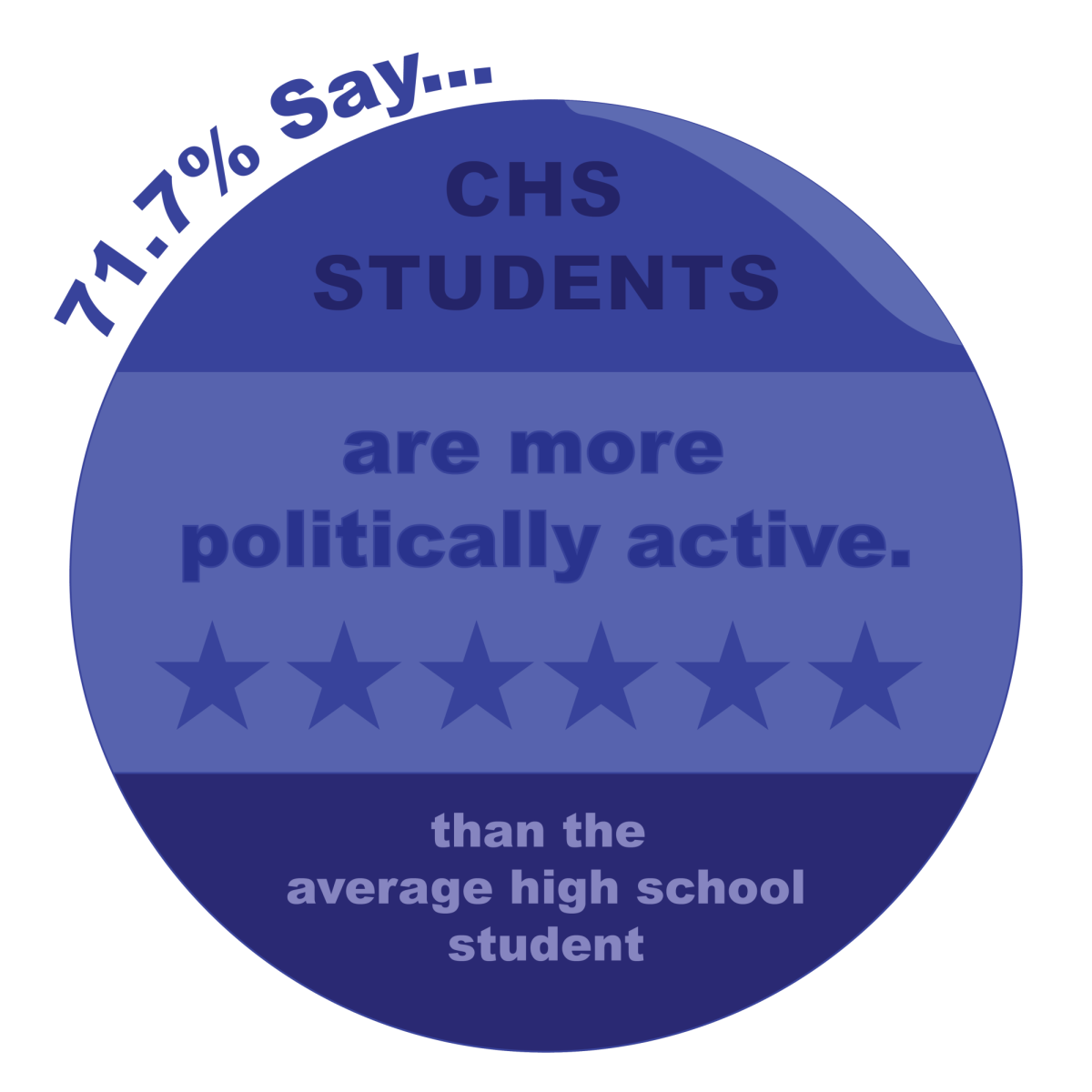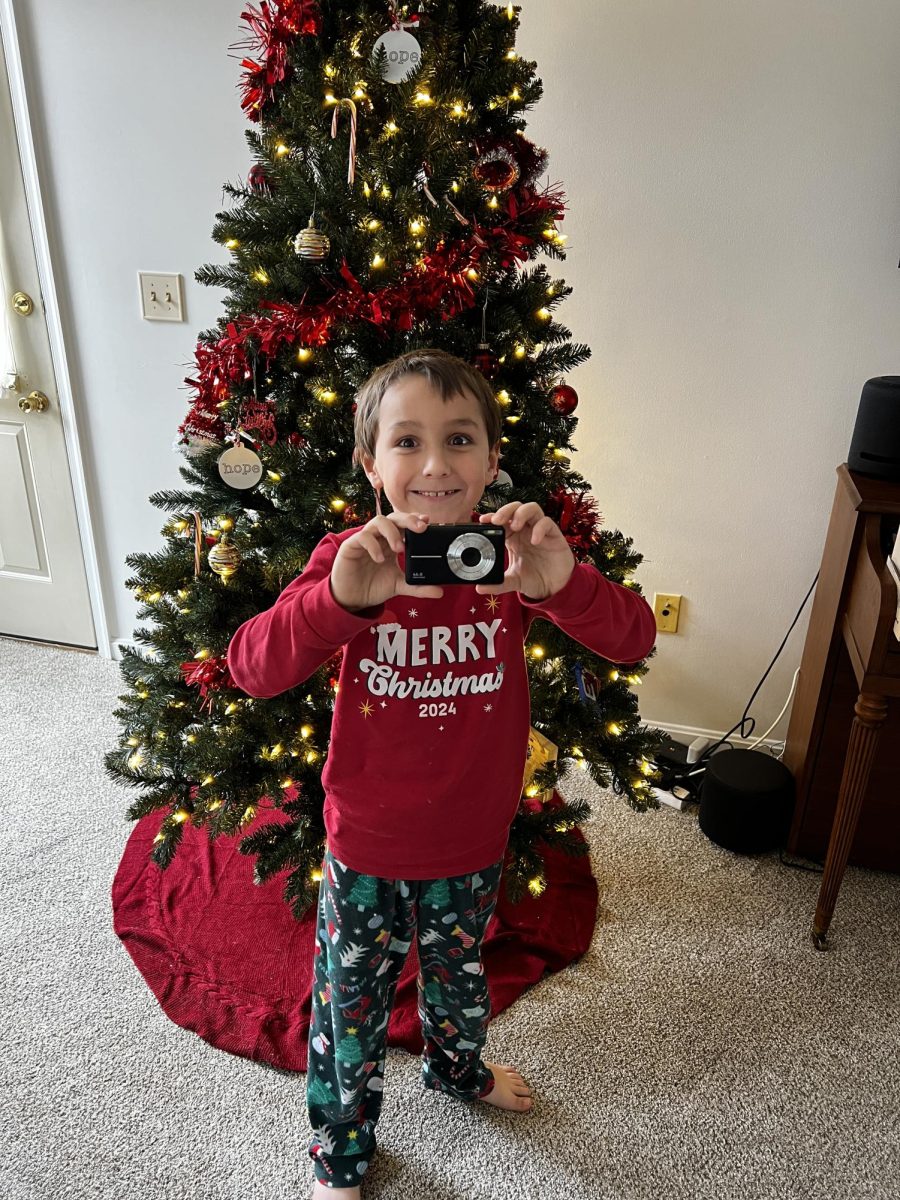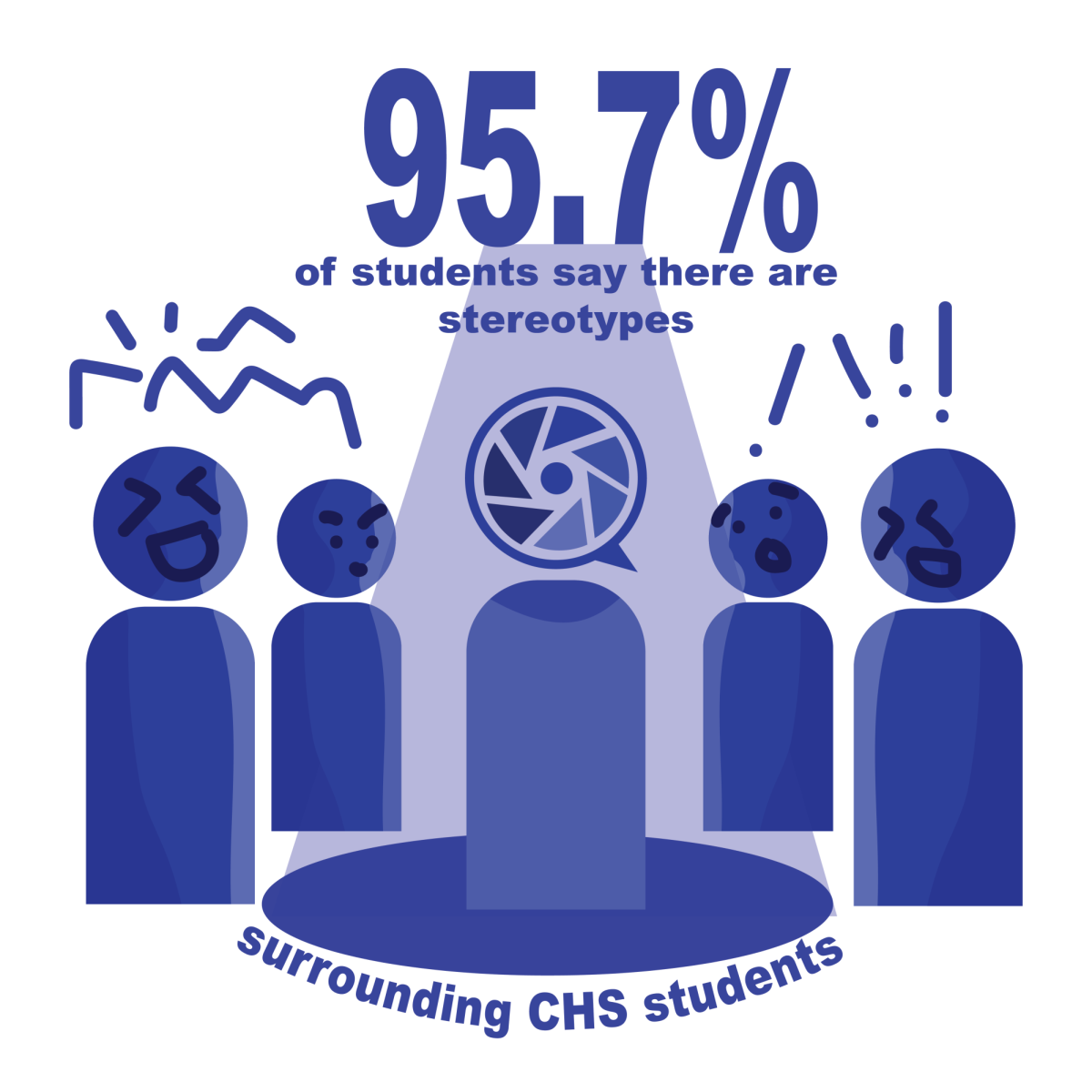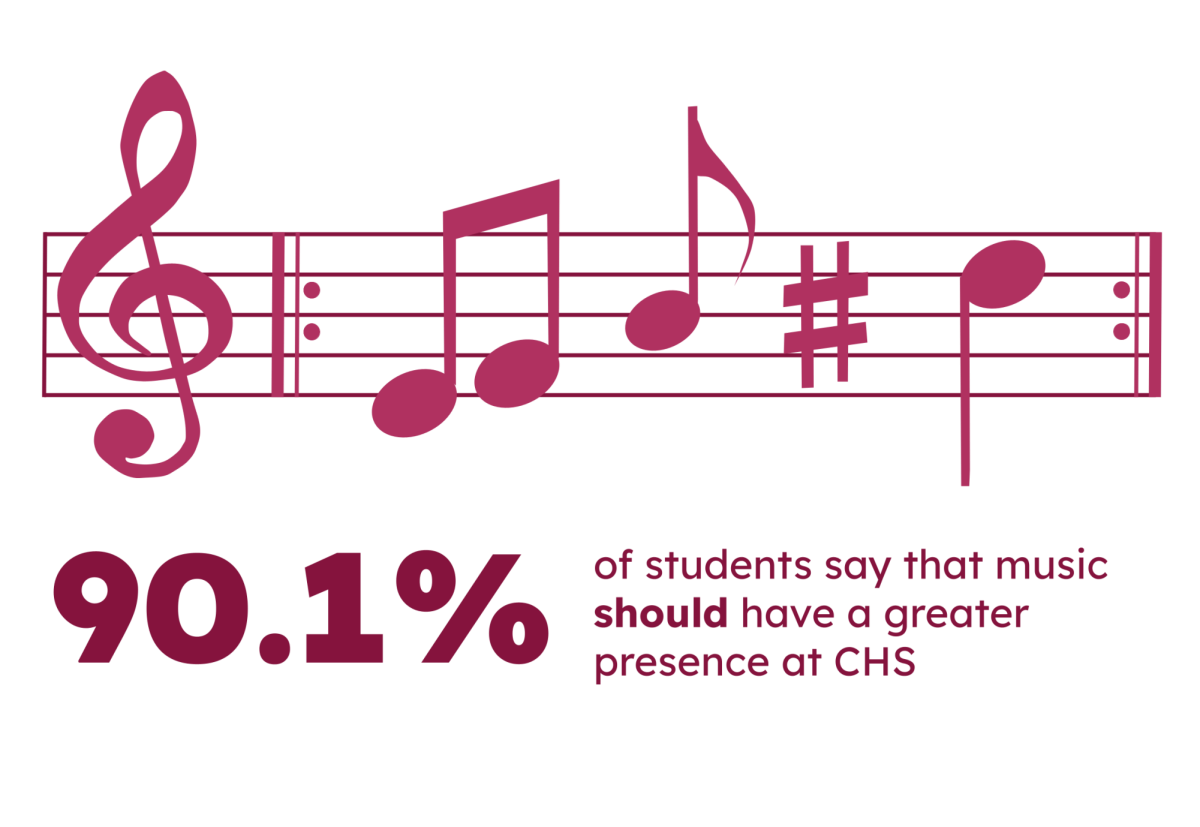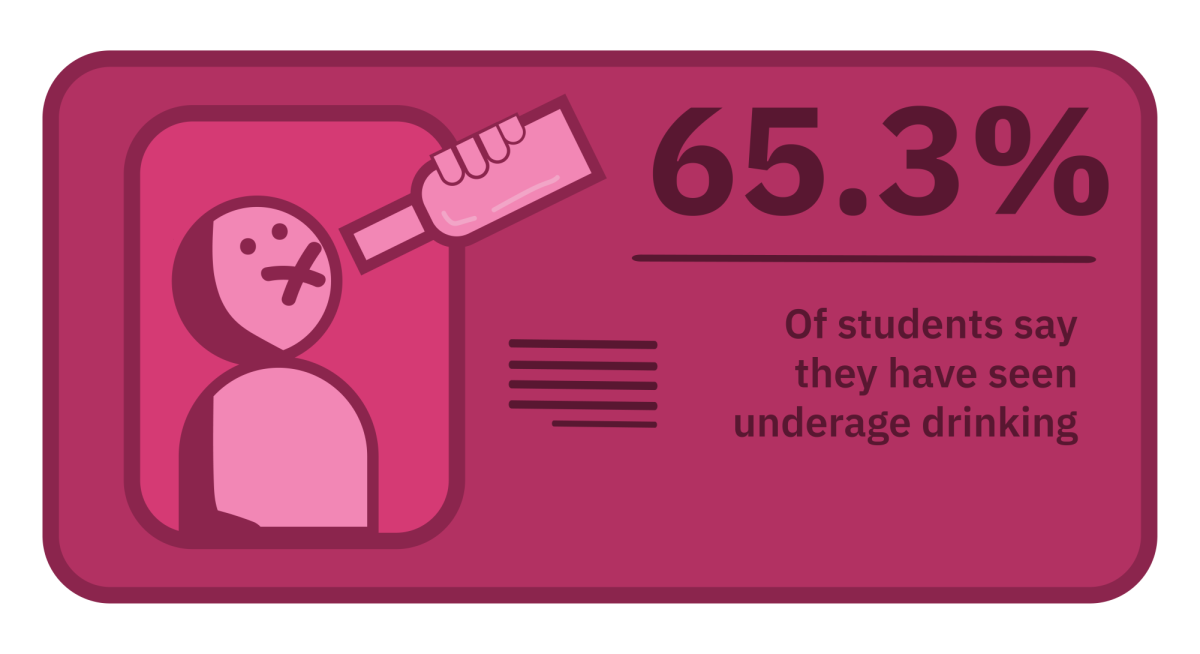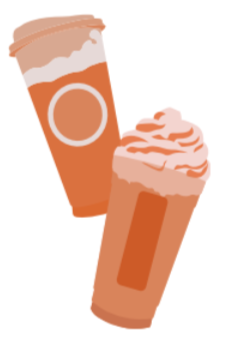
Starbucks is making “bucks” off of Communications High School (CHS) students as more and more are starting their day with “fun drinks” including coffee, tea and energy drinks.
It’s not just CHS being affected; the entirety of Generation Z seems to have an obsession with caffeinated, sugary drinks, whether store bought or homemade. This sudden surge in popularity is highly influenced by social media, including platforms like TikTok where these drinks are essentially advertised to the target audience of younger consumers.
Howard Schultz, the founder of Starbucks, reported cold beverages were bringing in record revenues for the company, all thanks to Generation Z. In a recent New York Times article, he explained how this age range enjoys customizing the drink and posting pictures of it on social media. Cold drinks, which make up 75% of the company’s beverage sales, are especially shared on social platforms because of their flexibility and wide range of unique customizations.
“We’re at the early stages with cold beverages in the modifiers and customization, and that gives us a competitive advantage,” Schultz said.
However, these trending drinks aren’t the most affordable things to buy, especially everyday. A Starbucks drink can range anywhere from $3.00 to $7.00. Especially popular seasonal options, can be “severely overpriced,” as described by junior Christie DeNicola of Tinton Falls. Regardless, many students will pay even higher prices for a caffeinated wake-up call to help them get through their day.
On the other hand, others believe homemade drinks are much less expensive. Freshman Katie Mountford of Wall explained how it only costs her six dollars per week to make five drinks, meaning the cost is “worth it.”
Despite the many advantages, caffeine’s effect on young people’s health is debated. CHS’s school nurse, Dorothy Condon gives her opinion on this issue.
“Some of the high caloric, high fat, Starbucks, Dunkin Donuts drinks are not good for kids,” Condon said.
Additionally students able to drive have more access to less healthy, caffeinated drinks, as opposed to those who cannot stop at shops like Starbucks before school.
However, there is still hope for coffee-lovers; the American Heart Association claims that caffeine can actually be healthy with moderation. Under 100 milligrams of caffeine is recommended for teens, meaning Mountford is free to drink her pumpkin chai latte daily, which contains only 60 milligrams of caffeine.
Whether considered healthy or unhealthy, some students believe caffeine is difficult to go without.
“Getting up in the morning is hard, and I think something that’s not harmful at all is just having a fun drink just to get you through first period,” DeNicola said. “If a little thing like that can help you, I think it’s worth it.”



